What do you mean by SCAA and COE coffee? What is the standard difference between coe and soe coffee
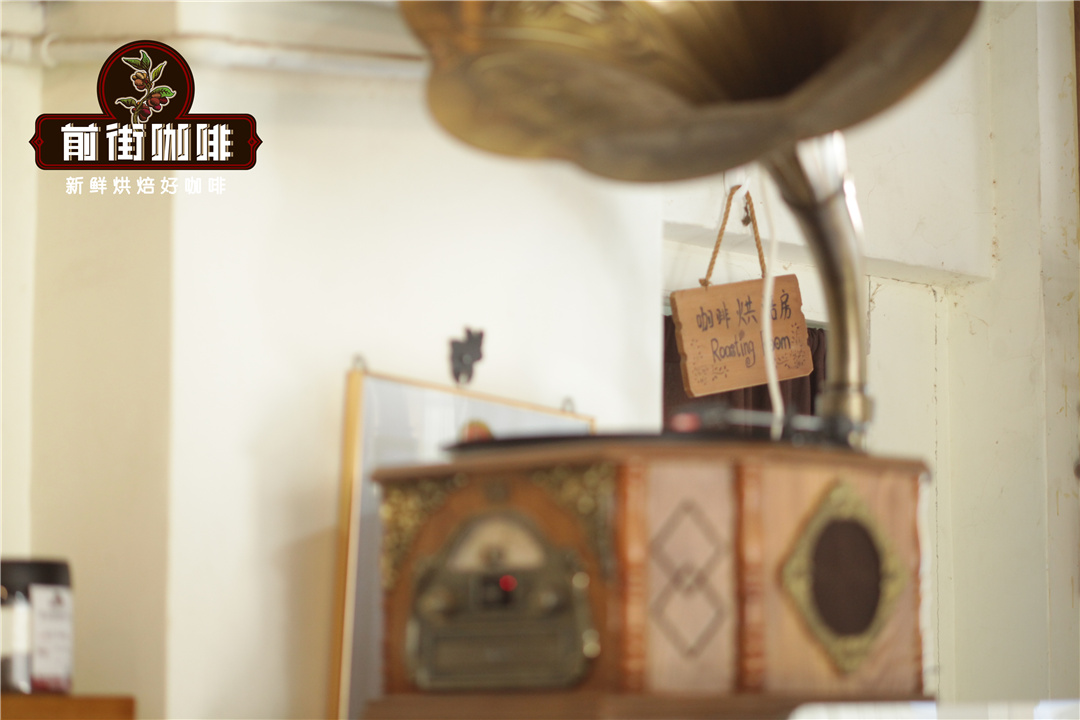
What do SCAA and COE represent in coffee knowledge, and what is the difference between them? If you want to drink the best coffee, you must first learn about the most famous, authoritative and credible boutique coffee competition in the world.
After many people enter the coffee industry, the first recognized and authoritative organization should be SCAA. Specialty Coffee Association of America, which joined SCAE in 2017 (Specialty Coffee Association of Europe) Merged to become SCA SCA (Specialty Coffee Association) is the largest and most authoritative organization in the world.SCA is a non-profit membership organization dedicated to promoting coffee knowledge and education. It has designed many standard specifications for coffee, which are still used by most coffee industry people in the world, including green bean evaluation, cup test method, water quality specification and standard method of brewing in gold cup.
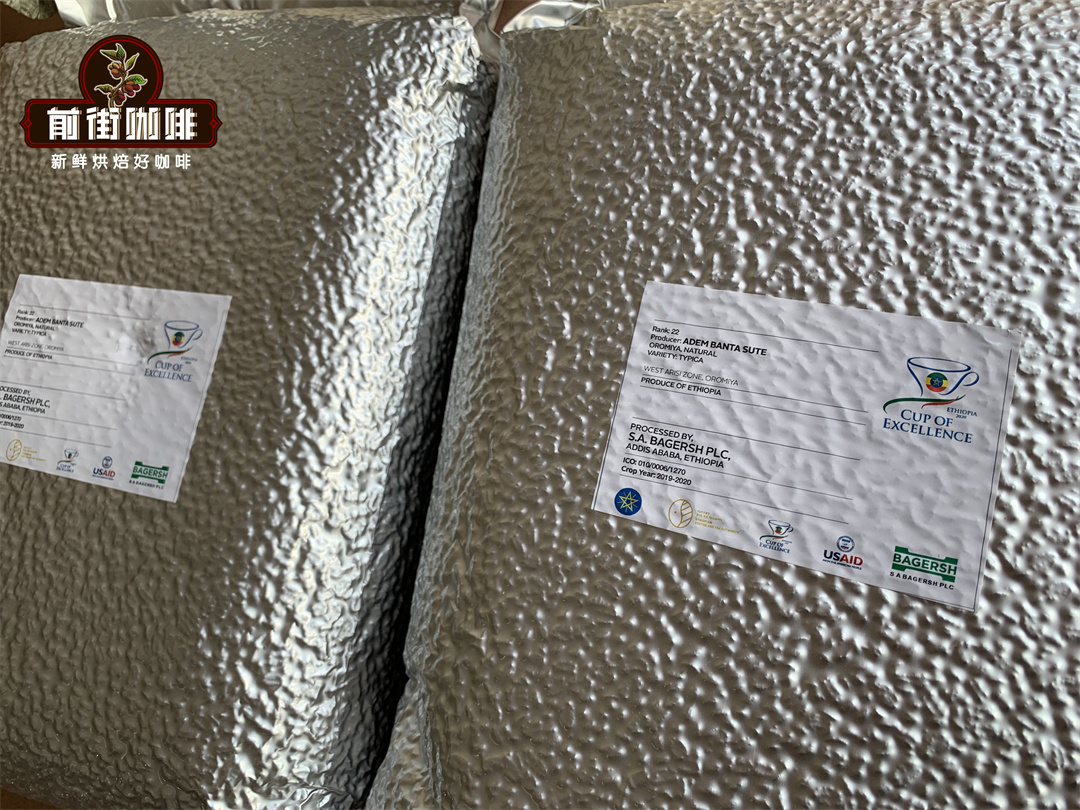
Since coffee quality assessment is mentioned, another organization that must be mentioned is CQI (Coffee Quality Institute) Coffee Quality Institute. In 1996, SCAA formed a committee to address the issue of coffee quality and farmers 'income. This committee later became the Specialty Coffee Institute, which eventually became independent of SCAA and became the current CQI. There is still a very close cooperation between the two organizations. Ted Lingle, the current CEO of CQI, is one of the founders of SCAA and the creator of the old flavor wheel.CQI is important because CQI has developed a set of certification for evaluators. The Q Program, developed by CQI, is a training system designed to evaluate coffee quality. After passing the courses and exams designed by CQI, you can become a coffee grader, also known as Q-Grader. The advantage of training is that coffee graders around the world can describe coffee quality through a common language, which helps us understand each other's opinions more quickly.Q-Grader is based on SCA's cup testing standard process.
CQI evaluation is done for the quality of raw beans, so it will be screened from the appearance of raw beans, defective beans will be in accordance with the type and quantity of defective beans to point out or eliminate, if you want to do CQI certification for your coffee beans, you can send your coffee beans samples to your ICP( In-Country Partner; National Partner),ICP will recruit Q-GRADER qualification of 3 evaluators, raw beans for grading. If the green beans meet the quality grade (80 points or more),CQI issues a certificate and posts the green beans on its website. If they do not meet the standard, a technical report will be sent.
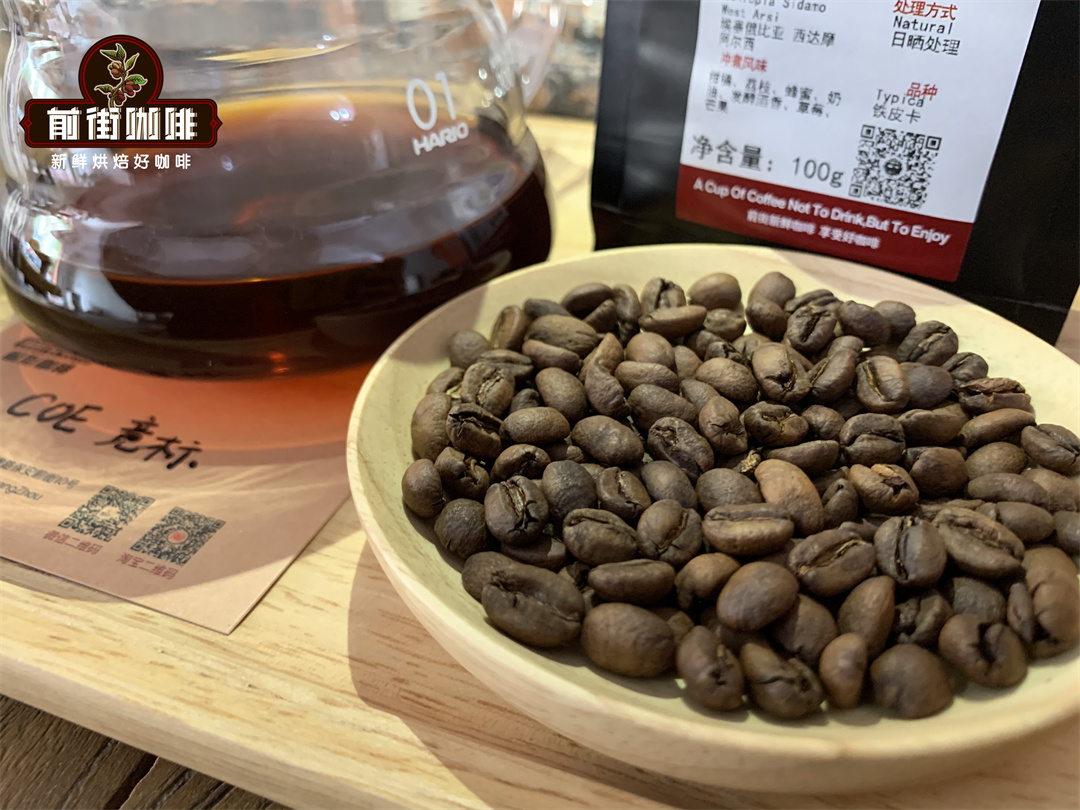
What is COE?
If there is an AOC level in the red wine industry, then there is a COE level in the coffee industry. We often hear that this is a coe level. Coe competition manor. At present, the fine bean competition in various countries either adopts CoE or SCAA mode. Up to 10 major coffee-producing countries adopt CoE cup test as the national competition mode.
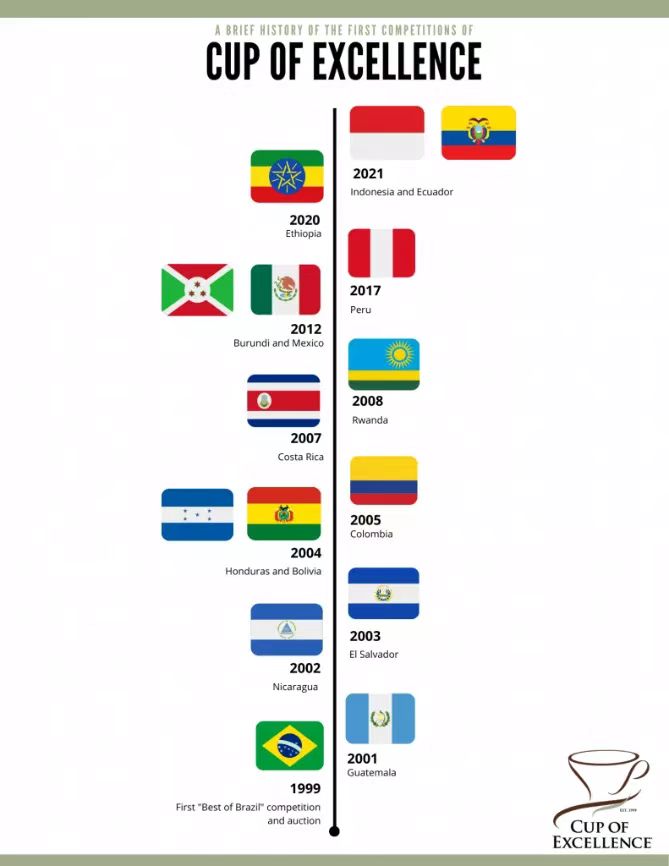
If you see coffee packaging that says "CoE competition beans," it means that the beans were selected through CoE competition. The so-called CoE is called Cup of Excellence, which is translated as "Excellence Cup" by some people in Chinese. It is a coffee rating event with international reputation.
There are 6 rounds and two experienced and professional judging panels. Any defect found in each round will be eliminated immediately. Coffee participants must score 86 points or more to advance to the next round, and must pass three stages: Pre-Selection, National Jury week and International Jury week. Coffee rating above 87 points, and ranked in the top 30, can participate in the CoE bidding meeting.
The domestic judges are composed of local cup testers in the producing countries and judge the pre-selected coffee. The coffee that passes the screening will enter the next week's evaluation, and the domestic judges will conduct two rounds of screening. The last three rounds are mainly judged by international judges, who are composed of foreign importers, buyers and cup testers, mainly from coffee consuming countries. In the final three rounds of cup testing, two domestic judges will join the international jury, and the selected coffee will receive the Cup of Excellence Award and participate in the bidding meeting.
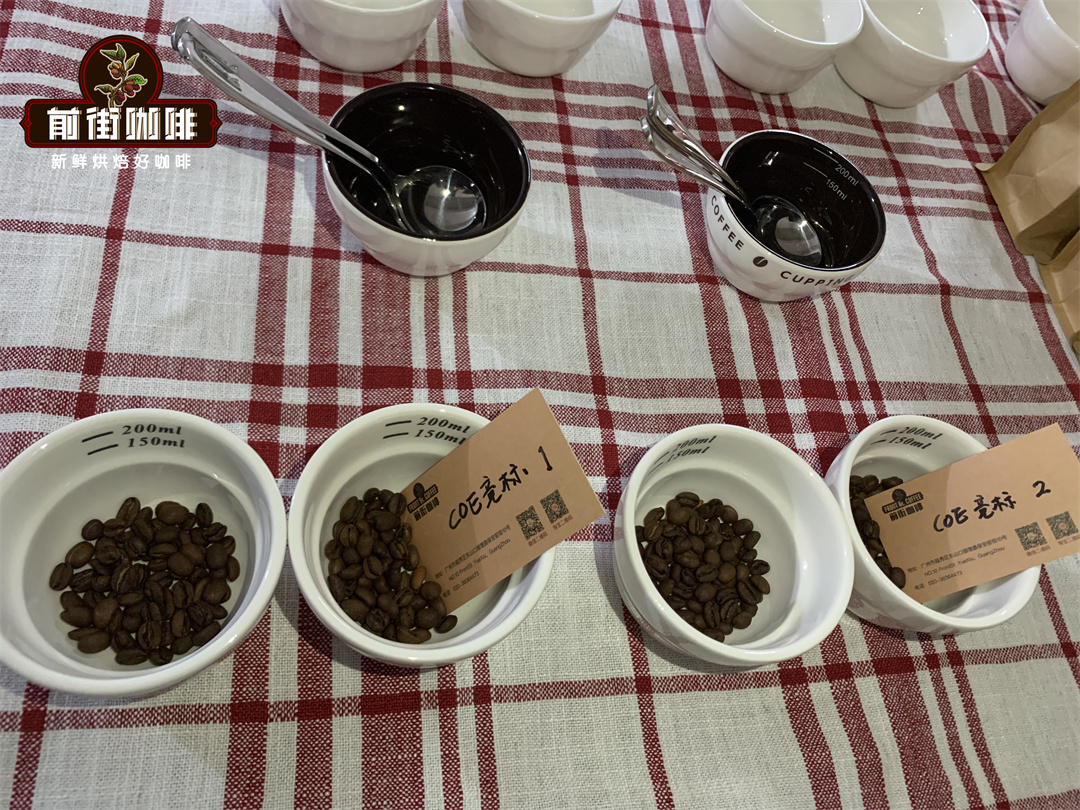
Therefore, coffee beans marked with CoE are screened layer by layer, at least in the top 30 to enter the bidding, score at least 87 points above.
In general, a jury of International Cup judges, coffee farmers will participate in at least five Cup evaluation competitions during the three-week competition period, and the winners in the top 10 will have a second round. In addition to being recognized as excellent in coffee quality, the biggest benefit for coffee farmers who can be selected for COE is that they will have a very substantial auction income. With good auction proceeds, coffee farmers have more opportunities to improve quality, and consumers have more opportunities to drink good coffee, forming a virtuous circle.
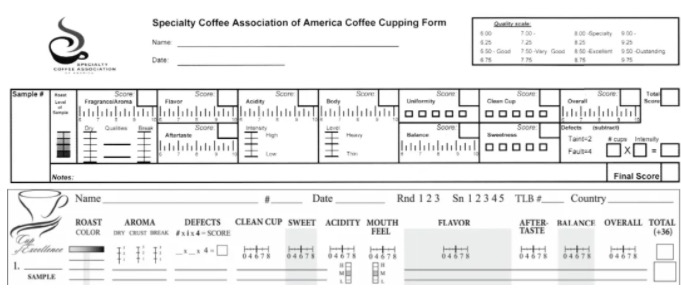
Difference between COE and SOE
Some friends often confuse COE coffee with SOE coffee. In fact, the two have no connection except for similarities in abbreviations. COE was introduced on the front street. It was the abbreviation of an internationally renowned green bean competition,"Cup of Excellence." COE coffee beans meant that coffee beans that won the COE competition were sold through auction. SOE stands for "Single Origin Espresso", which means single espresso. SOE coffee beans are single-ingredient coffee beans used to make espresso.
This concept is in fact in line with the trend of fine coffee, Italian coffee in the rise of the use of single coffee beans to make espresso, to pursue better quality, the best origin flavor characteristics. So don't confuse SOE with COE.
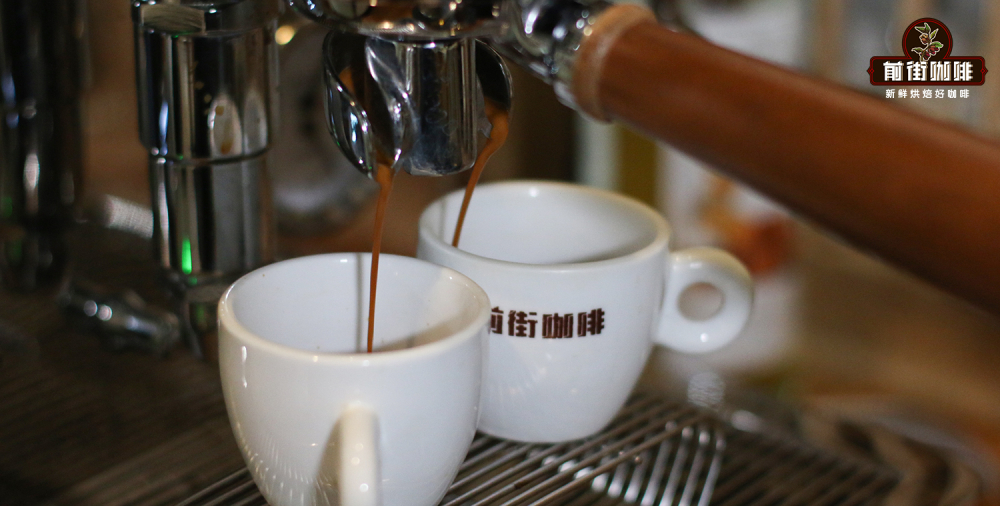
SCA differs from COE in scoring criteria
It is important to note that the CoE and SCA systems are scored differently and the scales look different, so the scores are not comparable.SCA has 10 scoring items, each with 6-10 points, out of 100 points.
CoE has 8 scoring items, each item 6-8 points, plus basic score 36 points, out of 100 points. In CoE aroma is not scored, only for description, aroma performance into the flavor score together.CoE in sweet feeling is graded, such as sweet intensity, persistence and which kind of sweet, can be noted, in SCA system sweet feeling is "with" with "no" difference. Cleanliness is critical to the CoE system, as it is the basic threshold for elimination, as long as a drink to defect flavor basic must be eliminated.
SCA's cup scale can also be divided into more detailed for beans below 80 points, but it is not obvious for top beans, and high scores are easy to touch the ceiling;CoE is mainly for good beans, and does not pay much attention to commercial grade coffee beans below 80 points.
Therefore, both SCA and COE are authoritative coffee green bean evaluation organizations, and they are also committed to developing a package with planting to the cup. In Ethiopia's first Coe Green Bean Competition in 2020, Front Street Coffee also captured 22 of them, a sun-baked iron pickup in the West Arsi region grown by Adem Banta Sute with a score of 87.64.
Adem Banta Sute, 60, has grown coffee all his life and is the father of 28 children who live in the village of Refisa, in the western Arsi and Nensebo districts of Oromia.
Adem Banta Sute, who produces 4500 kilograms of coffee on his 6-hectare land, will sell it to local merchants before winning this year's prize.
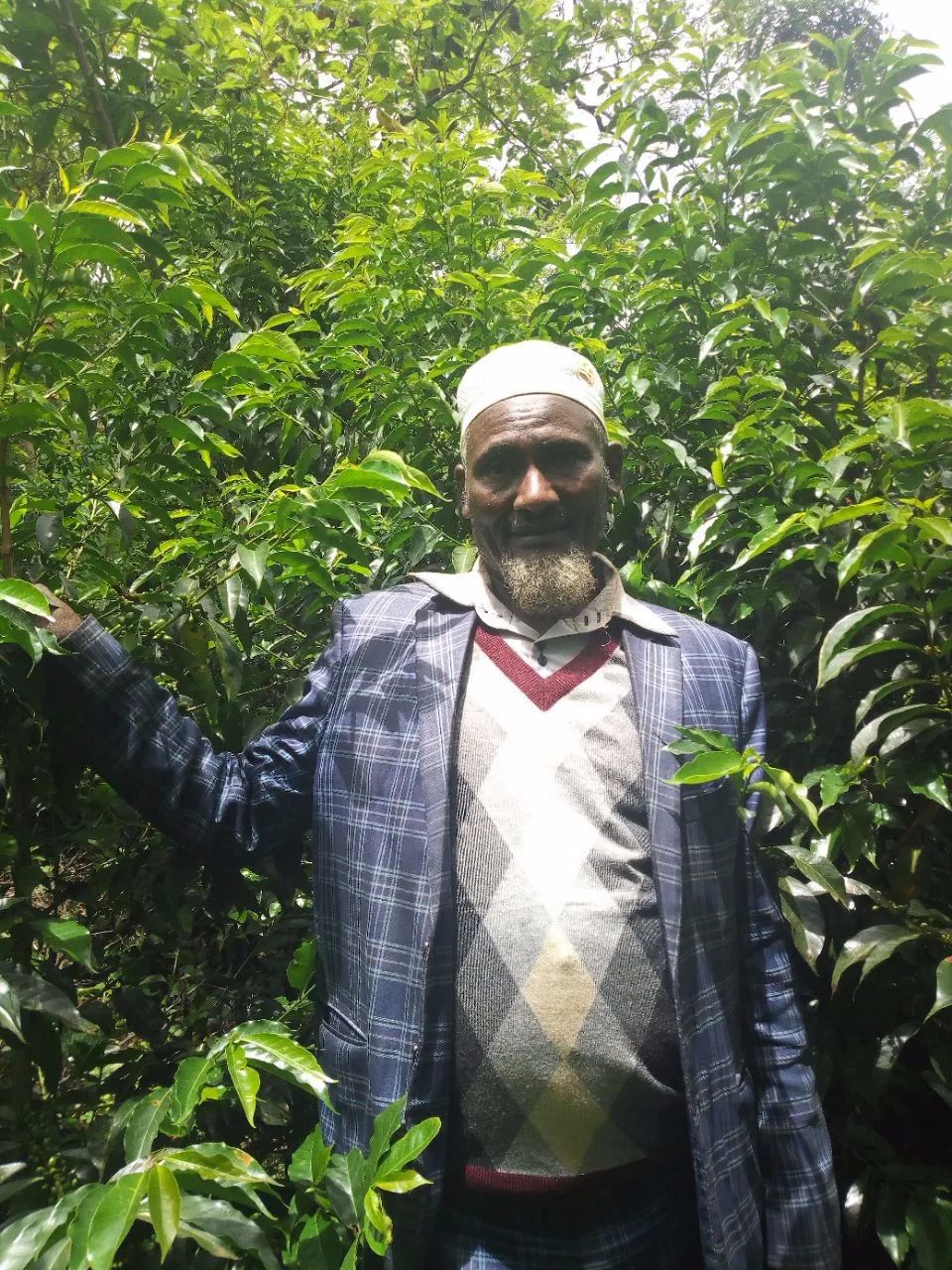
Adem Banta Sute planted this COE #22 coffee bean, which is officially listed as an iron pickup. The top 28 China Railway pickups in the first Ethiopia COE in 2020 occupy the main part, followed by 74110, 74158 and Kurme.
It is worth noting that the varieties given in the official award-winning information of this Ethiopian COE Cup of Excellence are not Heirloom native/heirloom varieties, but iron pickup trucks, 74100, 74158 or Kurme, etc. Why? In fact, the original species is not an accurate name for coffee varieties.
Ethiopia, as the birthplace of coffee, has an unimaginable number of native varieties. These complicated varieties are mixed and mixed, which makes it more difficult to trace the varieties. Therefore,"native species" is used to refer to all the unidentifiable coffee varieties.
Ethiopian varieties can be broadly divided into landraces and research varieties released by Jimma Agricultural Research Center (JARC).
74110 and 74158 are both research varieties released by JARC. Coffee Cherry Disease (CBD) caused a significant decline in Ethiopian coffee production in the 1970s. JARC collected 639 sample varieties between 1973 and 1975 to search for natural resistance genes. Finally, 13 resistant varieties were selected, including 74110 and 74158.
This COE #22 is treated with sunlight. In Ethiopia, more than 70 percent of coffee fruit is sun-treated, traditionally done by small coffee farmers in their yards, rooftops and even on the side of roads, because it is much cheaper than washing. This rough treatment is also one of the reasons for the different quality of Ethiopia's early sun beans.
The quality of the sun-dried coffee beans in cooperation with cooperatives and washing stations is more stable, but it still takes more effort to prepare the sun-dried coffee beans, which need to be manually turned evenly until the moisture content drops to 25%. It needs to be turned every 30 to 60 minutes to avoid unpleasant over-fermentation flavor, which leads to higher labor costs for sun-drying.
In addition to weather risk factors, longer days of sun treatment, to get better quality of sun-cured coffee beans need to spend more labor costs and resources, but the top 28 sun scores, good sun treatment is indeed a risk-reward coexistence of treatment.
baking curve
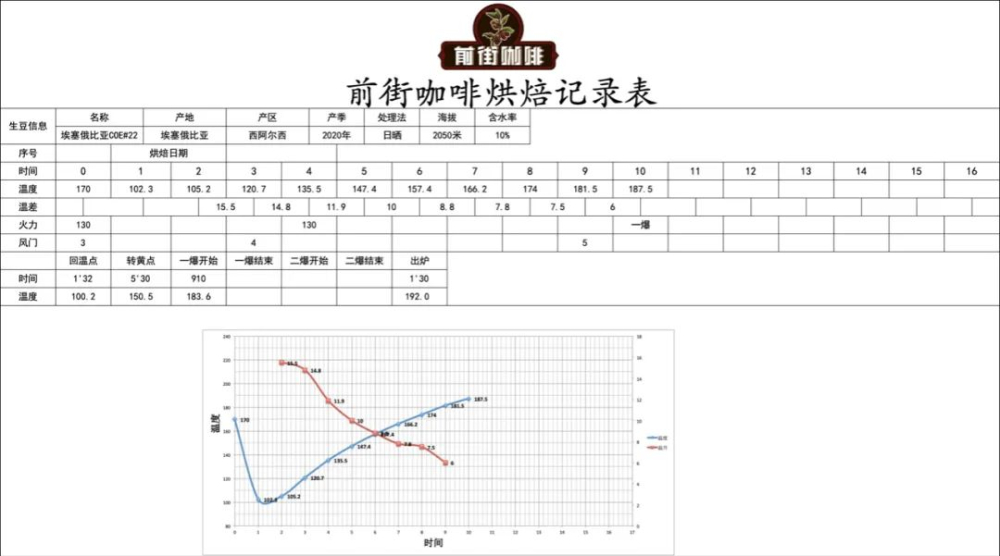
When the furnace temperature is 170℃, the fire power is 130, and the damper is opened 3; when the temperature is 132 "and the furnace temperature is 100.2℃, the fire power is unchanged; the damper is adjusted to 4 in 3 minutes, and the fire power is increased to 140 in 4 minutes. When the oven temperature is 150.5℃, the bean surface turns yellow, the grass flavor disappears completely, enters the dehydration stage, when 8 36", the bean surface appears ugly beard wrinkles and black stripes, the toast flavor obviously turns to coffee fragrance, which can be defined as the prelude of the first explosion. At this time, we should hear the sound of the first explosion point clearly. At 9 10", the first explosion begins, and the first explosion develops for 1 minute and 30 seconds. At 192.5℃, the beans.
cup test report

Brewing advice
Filter cup: V60#01
Water temperature: 90-91℃
Powder: 15g
Powder water ratio: 1:15
Grinding degree: medium and fine grinding (80% pass rate of No.20 sieve in Chinese standard)
Brewing method: three-stage extraction. Steaming with 30g water for 30s, injecting water in a circle to 125g with small water flow, stopping injecting water to 225g when the water level drops and exposing the powder bed, removing the filter cup when the water level drops and exposing the powder bed, and extracting for 200 ".
Professional coffee knowledge exchange More coffee bean consultation Please pay attention to coffee workshop (Weixin Official Accounts cafe_style)
More fine coffee beans, please add private WeChat Qianjie Coffee, WeChat: kaixinguoguo0925
Important Notice :
前街咖啡 FrontStreet Coffee has moved to new addredd:
FrontStreet Coffee Address: 315,Donghua East Road,GuangZhou
Tel:020 38364473
- Prev
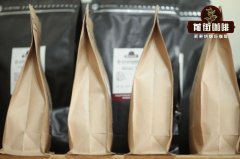
Is the breeding period of coffee beans really so important? Does raising beans have a great influence on the flavor of coffee?
After roasting, coffee beans will produce a large amount of gas, which will be slowly discharged out of the coffee beans over time. Friends who often buy coffee beans should notice that if they are about 1-2 days away from the baking date, the coffee bags are still dry and shrunken, and if they are not opened for too many 4-5 days, the coffee packaging is bulging, and this is the exhaust of coffee beans. The baking date starts from the left.
- Next
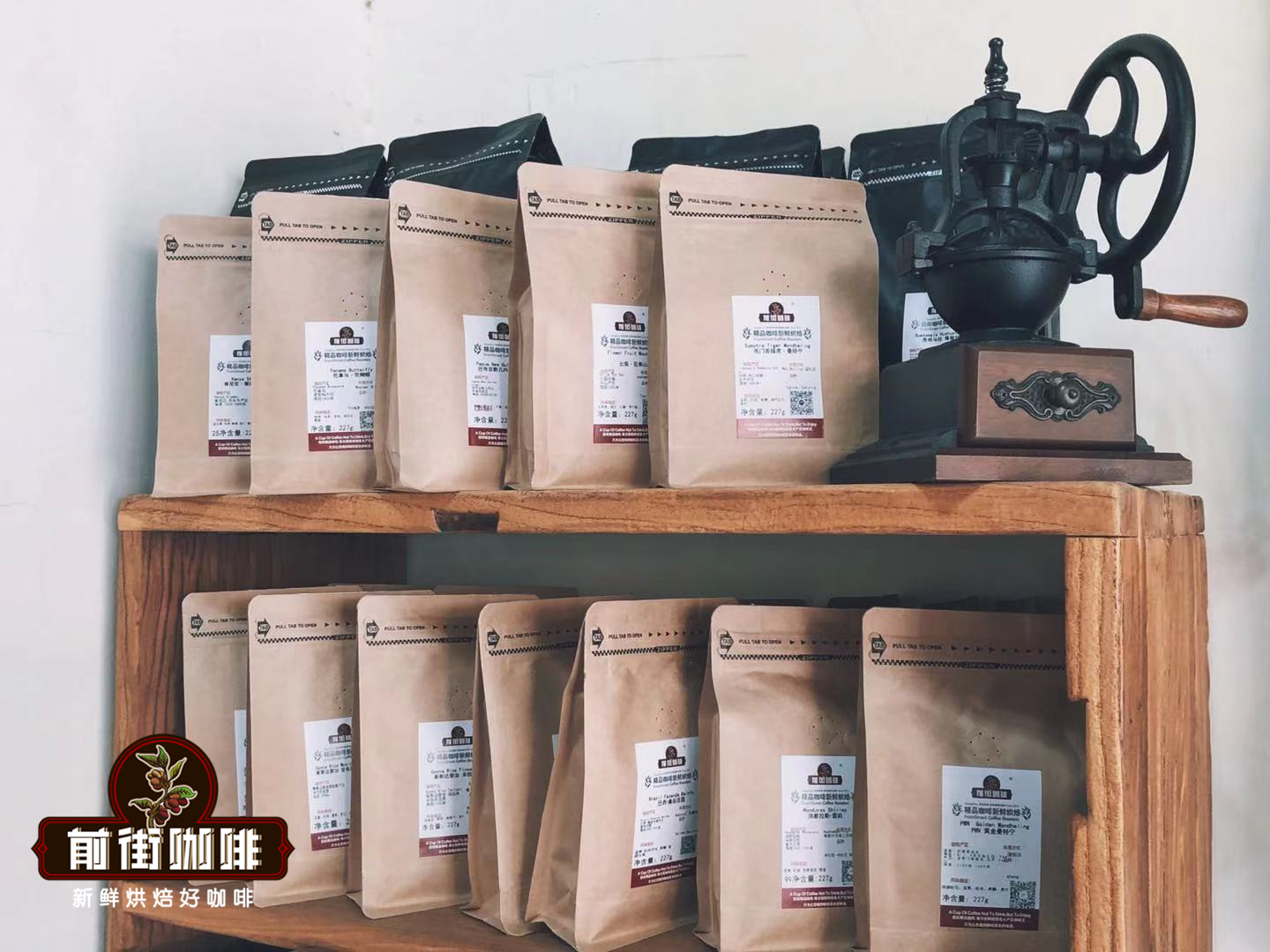
What is the meaning of bidding for COE coffee beans, rose summer red bid and rose summer village red bid?
Professional coffee knowledge exchange more coffee bean consultation Please pay attention to the coffee workshop (Wechat official account cafe_style) Rose summer coffee beans have an extraordinary legend, famous for Panamanian jade estate, after winning the championship in 2004, rapid development, now more and more producing areas begin to grow rose varieties. Qianjie Coffee thinks that the impression of Rosa Coffee is the Panamanian Emerald Manor, so
Related
- Beginners will see the "Coffee pull flower" guide!
- What is the difference between ice blog purified milk and ordinary milk coffee?
- Why is the Philippines the largest producer of crops in Liberia?
- For coffee extraction, should the fine powder be retained?
- How does extracted espresso fill pressed powder? How much strength does it take to press the powder?
- How to make jasmine cold extract coffee? Is the jasmine + latte good?
- Will this little toy really make the coffee taste better? How does Lily Drip affect coffee extraction?
- Will the action of slapping the filter cup also affect coffee extraction?
- What's the difference between powder-to-water ratio and powder-to-liquid ratio?
- What is the Ethiopian local species? What does it have to do with Heirloom native species?

